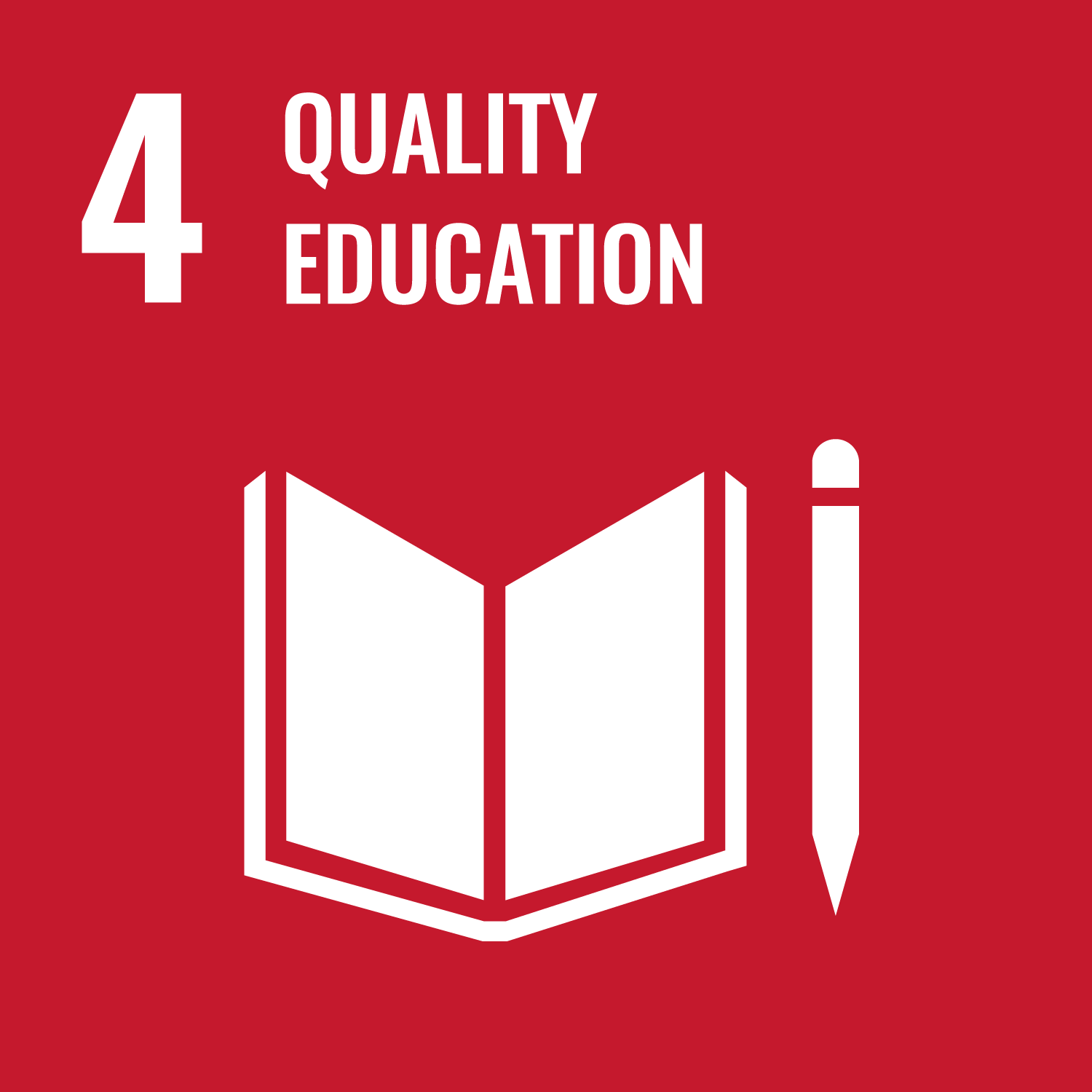Finance for Jobs (F4J) DIB 1
This project is also known as Palestine Youth Employment Project
Aligned SDGs


- Finance for Jobs (F4J) DIB 1
- General overview
- Location
- Involved organisations
- Outcome metrics
- Results
- SyROCCo reports
- Spreadsheet of data
- Finance for Jobs (F4J) DIB 1
- General overview
- Location
- Involved organisations
- Outcome metrics
- Results
- SyROCCo reports
- Spreadsheet of data
General overview
Stage of development: Complete
Policy sector: Employment and training
Date outcomes contract signed: Oct 2019
Start date of service provision: Jul 2020
Actual completion date: Jun 2024
Capital raised (minimum): USD 1.80m
Max potential outcome payment: USD 6.25m
Service users: 1k+ individuals
Intervention
The First Palestinian Employment DIB (F4J DIB I) aimed to match employment opportunities with suitable employees by purposefully training job seekers in employer-demanded skills. The DIB accepted 1,380 Palestinian job seekers (in West Bank and Gaza) aged 18–29 years (of which 653 were women). Through its local Service Provider organizations (SPs), the DIB provided skills training on specific job types, and created meaningful partnerships with the private sector to ensure sustainability. Those SPs provided training and job placement services to youth, starting in mid 2020, which coincided with the height of Covid-19. The F4J DIB initially focused on employment opportunities in the healthcare sector, as well as jobs in the industrial and construction sector, before expanding into multiple sectors, including ICT, education, funiture and carpentry, business and finance, etc. based on market needs assessment. The DIB succeeded in bridging the gap between academic outputs and the job-specific skills required in the Palestinian labour market to deliver sustainable employment outcomes. The DIB was expanded and scaled twice from $5m to$5.75m then to $6.25m, and started a pilot in Gaza in mid 2023, which was stopped due to the Gaza war in October 2023.
Target population
Unemployed Palestinian job seekers in the West Bank and Gaza
Location
Country
- Palestine, State of
Service delivery locations
- West Bank, Palestine
- Gaza Strip, Palestine
Involved organisations
Outcome metrics
- Output 1: Acceptance onto Program: SP accepts youth onto the DIB.
- Output 2: Training start: Accepted youth attends first training session.
- Output 3: Training completion: Accepted youth successfully completes training.
- Outcome 1: Job start: youth begins paid employment.
- Outcome 2: Job sustainment for 3 months. Youth maintains paid employment for 3 months.
- Outcome 3: Job sustainment for 6 months. Youth maintains paid employment for 6 months.
Results
Outcome achievements
The graph above shows interim results for the project’s outcome achievements. Each bar represents a key participant outcome or metrics. Each metric is detailed above the graph (under the ‘Outcome metrics’ section of this page). Users can hover over the bars to access data on the expectations and achievements for that particular metric. Labels at the top of the bar represent the overall expectations for specific metrics, for the entire life of the project. The coloured section of the bar represents the project’s achievements so far.
Each bar takes the unit of analysis of the metric (if the metric is measured in number of individuals, the bar graph is representing individuals achieving that metric. If the metric is measured in weeks, the bar graph is representing weeks).
A note on targets (or expectations): the graph above shows the latest targets for the project. These targets are based on the best-case scenario expectations for every project. These targets may be different from the targets set at the start, as projects adapt to unexpected challenges or changes in circumstances. In addition, these targets could also work as a ‘cap’ for payments. We offer these parameters as a reference on outcome achievement projections. If projects are under implementation, they are not expected to have achieved any of these targets yet.
Powered by SyROCCo SyROCCo reports
The following articles are taken from the Systematic Review of Outcomes Contracts Collaboration (SyROCCo) Machine Learning tool.
The tool is a collaboration between the Government Outcomes Lab and machine learning experts from the University of Warwick, that allows you to navigate and explore data extracted from nearly 2000 academic and grey literature publications related to outcomes-based contracting.
Spreadsheet of data
Important Notice and Disclaimer on INDIGO Data
INDIGO data are shared for research and policy analysis purposes. INDIGO data can be used to support a range of insights, for example, to understand the social outcomes that projects aim to improve, the network of organisations across projects, trends, scales, timelines and summary information. The collaborative system by which we collect, process, and share data is designed to advance data-sharing norms, harmonise data definitions and improve data use. These data are NOT shared for auditing, investment, or legal purposes. Please independently verify any data that you might use in decision making. We provide no guarantees or assurances as to the quality of these data. Data may be inaccurate, incomplete, inconsistent, and/or not current for various reasons: INDIGO is a collaborative and iterative initiative that mostly relies on projects all over the world volunteering to share their data. We have a system for processing information and try to attribute data to named sources, but we do not audit, cross-check, or verify all information provided to us. It takes time and resources to share data, which may not have been included in a project’s budget. Many of the projects are ongoing and timely updates may not be available. Different people may have different interpretations of data items and definitions. Even when data are high quality, interpretation or generalisation to different contexts may not be possible and/or requires additional information and/or expertise. Help us improve our data quality: email us at indigo@bsg.ox.ac.uk if you have data on new projects, changes or performance updates on current projects, clarifications or corrections on our data, and/or confidentiality or sensitivity notices. Please also give input via the INDIGO Data Definitions Improvement Tool and INDIGO Feedback Questionnaire.